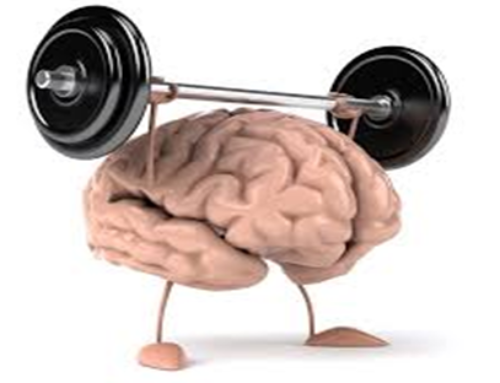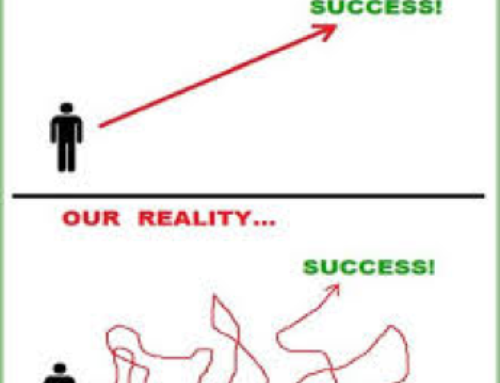Abraham Maslow was a pioneer of humanistic psychology. Humanistic psychologists believe that every person has a strong desire to realise his or her full potential, to reach a level of ‘self-actualisation’. To prove that humans are not simply blindly reacting to
situations, but trying to accomplish something greater, Maslow studied mentally healthy individuals instead of people with serious psychological issues. This developed his theory that people experience ‘peak experiences’, high points in life when the individual is in harmony with himself and his surroundings. In Maslow’s view, self-actualised people can have many peak experiences throughout a day while others have those experiences less frequently.
One of the many interesting things Maslow noticed while he worked with monkeys early in his career was that some needs take precedence over others. For example, if you are hungry and thirsty, you will tend to try to take care of the thirst first. After all, you can do without food for weeks, but you can only do without water for a couple of days. Thirst is a ‘stronger’ need than hunger. Likewise, if you are very very thirsty, but someone has put a choke hold on you and you can’t breathe, which is more important? The need to breathe is of course, so you focus on that.
Maslow explained his theory, which he called the Hierarchy of Needs, with a pyramid depicting the levels of human needs, psychological and physical. When a human being ascends the steps of the pyramid he reaches self actualisation. At the bottom of the pyramid are the ‘Basic Needs or Physiological Needs’ of a human being, food and water and sex. The next level is ‘Safety Needs: Security, Order, and Stability.’ These two steps are important to the physical survival of the person. Once individuals have basic nutrition, shelter and safety, they attempt to accomplish more. The third level of need is ‘Love and Belonging,’ which are psychological needs; when individuals have taken care of themselves physically, they are ready to share themselves with others. The fourth level is achieved when individuals feel comfortable with what they have accomplished. This is the ‘Esteem
Level, the level of success and status (from self and others). The top of the pyramid, ‘Need for Self-actualisation,’ occurs when individuals reach a state of harmony and understanding.
The hierarchy indicates that the highest level of achievement is self-actualisation. But it also reminds us of the necessity of maintaining our most vital physical needs. On a most basic level, we are required to satisfy our needs for food, water, and air. It is only when these basic needs are met that we can turn our thoughts to higher needs, such as love and acceptance.
As each of these needs is fulfilled, some of us reach a point of restlessness. It is at this point that we begin to seek higher goals of personal fulfillment. We attempt to grow beyond what we currently are and we strive to fulfill our highest potential. This is what Maslow termed self-actualisation. It is this self-actualisation that many of us seek. Achieving this state of fulfillment, however, involves more than having success in the workplace or the admiration of others. It is about applying a holistic approach to the goals we set for ourselves and making sure we have a strong foundation as a starting point.
In the 1960’s studies showed that parts of the Hierarchy of Needs overlapped and in 1969, Clayton Alderfer revised Maslow’s Hierarchy of Needs, suggesting that needs could be classified into three categories, rather than five. His theory suggested that our needs be categorised as Existence, Relatedness, and Growth (ERG). Existence needs are similar to Maslow’s physiological and safety need categories. Relatedness needs involve interpersonal relationships and are comparable to aspects of Maslow’s belongingness and esteem needs. Growth needs are those related to the attainment of one’s potential and are associated with Maslow’s esteem and self-actualisation needs.
The ERG theory differs from the Hierarchy of Needs in that it does not suggest that lower level needs must be completely satisfied before upper-level needs become motivational. ERG theory also suggests that if an individual is continually unable to meet upper-level needs that the person will regress and lower-level needs become the major determinants of their motivation.
It’s easy to apply these theories as a framework for our own goals; Maslow’s advice is just as applicable today as it was in the 1940’s. Maintaining our physical health is absolutely necessary to keep our journey towards self-actualisation on a firm foundation. Make the investment in your physical health, and you will continually receive dividends throughout the other facets of your life.
However, if we aren’t satisfying our lower-level needs (hunger, thirst, bodily needs), then we’ll never be able to reach our goals at the next level (self-esteem / self-awareness). When using this model in line with motivation for our fitness goals, we can see that materialistic rewards are only good for short-term goals. Sooner or later, your fitness motivation goals will need to be based on a solid foundation of self-improvement and that vision you have of a better you. A reunion or holiday may motivate us to lose a few kilos in a month, but what will sustain our good habits to help us walk around the block when we’re in our 80s? Health and fitness motivators are different for everyone. What works for one person may not work for another. Just as some workers are driven by salary and others by a sense of purpose, we all have a unique set of drivers that can propel our fitness motivation levels to the point
where we not only reach our goals but we change our long-term habits and perhaps even motivate those around us in the process.





